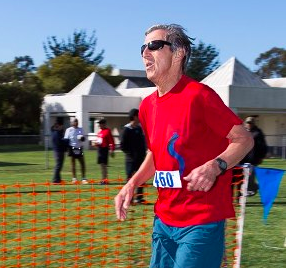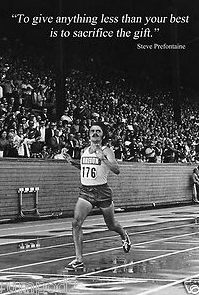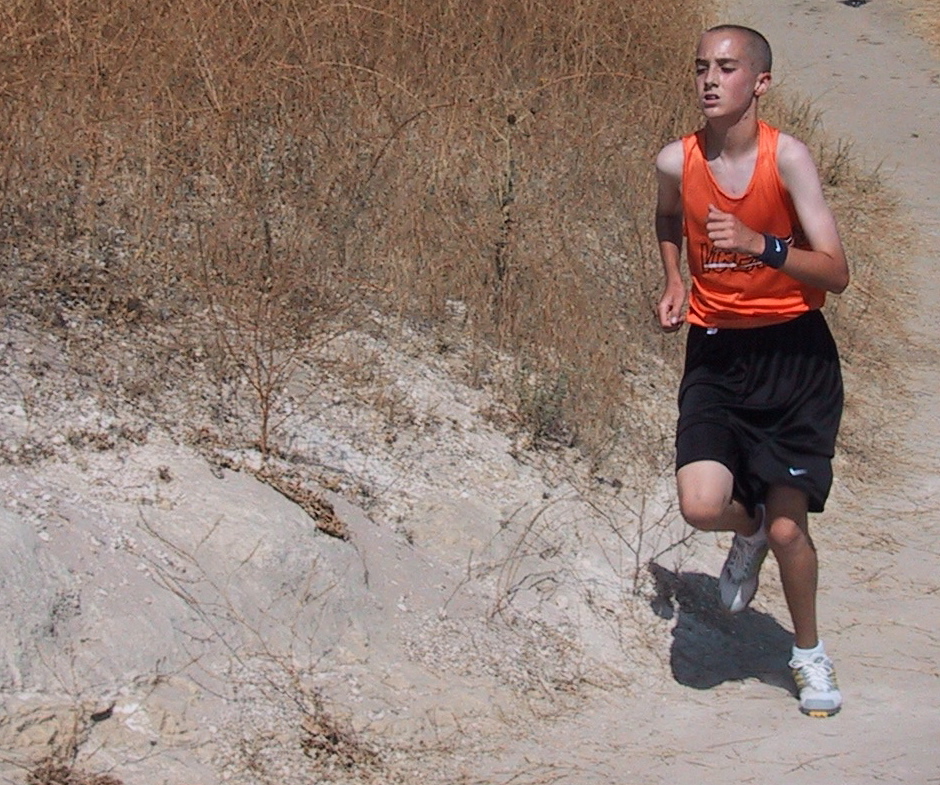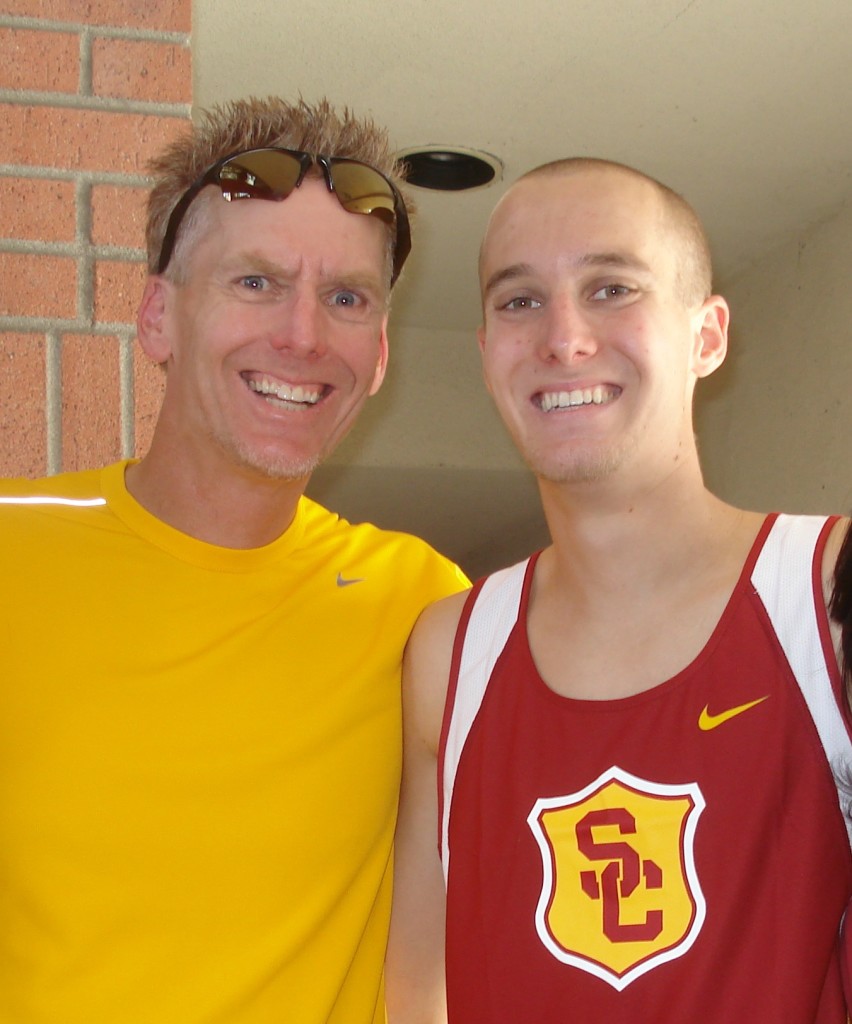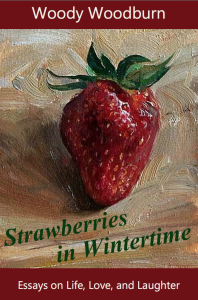 Woody’s highly anticipated new book “STRAWBERRIES IN WINTERTIME: Essays on Life, Love, and Laughter” is NOW available! Order your signed copy HERE!
Woody’s highly anticipated new book “STRAWBERRIES IN WINTERTIME: Essays on Life, Love, and Laughter” is NOW available! Order your signed copy HERE!
* * *
7 Toenails in 50 Shades of Gray
“Scars are a warrior’s beauty marks,” author and philosopher Matshona Dhliwayo opined.
In a similar vein, dead toenails are the beauty marks of a marathon runner. And so, in honor of the 13th anniversary of my consecutive-day running streak (4,749 days and counting) I shared a photo of my bare feet on Facebook.
While a picture is said to be worth a thousand words, this one was worth 45,215 miles. It was not beautiful. Indeed, displaying seven toenails that are 50 shades of gray to black – and, yes, my shoes fit properly, but running nearly two trips around the earth takes a toll – was aptly described by one Facebook friend as “ugly.”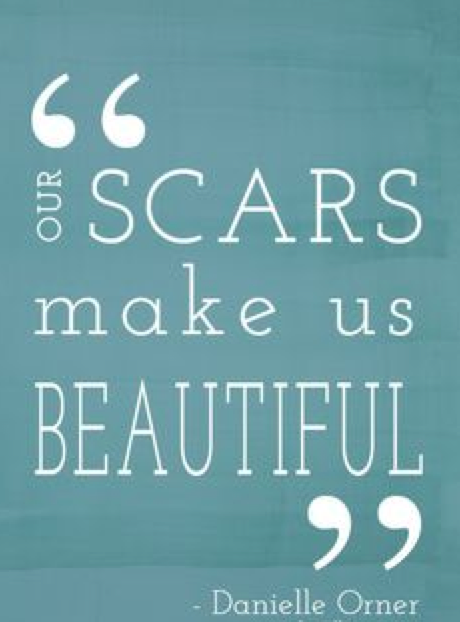
Yet that was not the common comment. Rather, it was words echoing Dhliwayo’s viewpoint.
“Congrats on your 13-Year Streakiversary,” read one reply. “This is awesome. It shows how much your feet endure each and every dang mile!”
Another: “Inspirational feat and inspiration feet.”
And: “The toenails of a true runner! You wear them well!”
Sure, there were a few gentle gibes: “Your feet could get extra work on The Walking Dead; Those toes, yikes!; Great job, now go get a pedicure!”
But mostly the responses were of praise, like: “You’ve earned the right to be proud of awesome toenails!” and, “As a fellow runner, I see your toes as beautiful!”
These plaudits made me think that blemished toes should not be different from other parts of our appearance we see as somehow flawed – our nose that we might feel is crooked or too large; our hair that we feel is too curly or too gray or too sparse; or our crow’s feet and laugh lines that we think make us look too old.
There is truth in the saying that wrinkles show you have laughed, gray hair means you cared, and scars mean you lived. So why can’t more of us see real scars as beauty marks?
Why can’t we proudly embody the woman Nikki Rowe writes about with these words: “She wore her battle scars like wings, looking at her you would never know that once upon a time she forgot how to fly”?
Scars as wings, what a beautiful metaphor.
This imagery is easier, most surely, for a male since scars can be seen as manly. For example, I have near-matching 6- and 7-inch serpent-like scars on the inside of both arms near the elbow; a 3-inch scar across my Adam’s apple from disc-fusion surgery; two smaller scars at both ends of my lower lip from skin cancer excision; an indented dark scar the size of pencil eraser, between the bridge of my nose and my right eye, that I got at age 4 when I scratched open a mole that needed to be cauterized; and none have ever bothered me.
Many scars run deeper, however. I have a friend who, at age 8, was bitten on the lower lip so severely by a dog that she needed reconstructive surgery. Her parents later confessed to her that for a long while they feared the she might never marry because of the injury.
Her lip eventually healed, but an emotional scar remained. Because of the attack, the dog was put down. The boys who had owned the dog, and their friends, blamed the victim and bullied her for years afterward.
And yet her pain makes me think of this wisdom from the poet Rumi: “The wound is the place where the Light enters you.” It seems to me, the Light – and a rare kindness and empathy – entered my friend in extra doses where the dog bit her.
Perhaps no greater Light have I seen than in a powerful black-and-white photographic exhibit I saw of women posing topless, proudly displaying their mastectomy scars. Their strength and courage, and beauty, was undeniable.
We would all do well to try to see our scars – and wrinkles, whitening and thinning hair, and all the other marks life leaves on us – through the poet’s eyes. To see them as our Light, as our wings, as our warrior beauty marks.
* * *
Woody Woodburn writes a weekly column for The Ventura County Star and can be contacted at WoodyWriter@gmail.com.
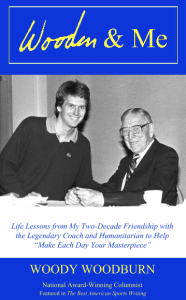 Check out my new memoir WOODEN & ME: Life Lessons from My Two-Decade Friendship with the Legendary Coach and Humanitarian to Help “Make Each Day Your Masterpiece”
Check out my new memoir WOODEN & ME: Life Lessons from My Two-Decade Friendship with the Legendary Coach and Humanitarian to Help “Make Each Day Your Masterpiece”
- Personalized signed copies are available at WoodyWoodburn.com
- Unsigned paperbacks or Kindle ebook can be purchased here at Amazon







